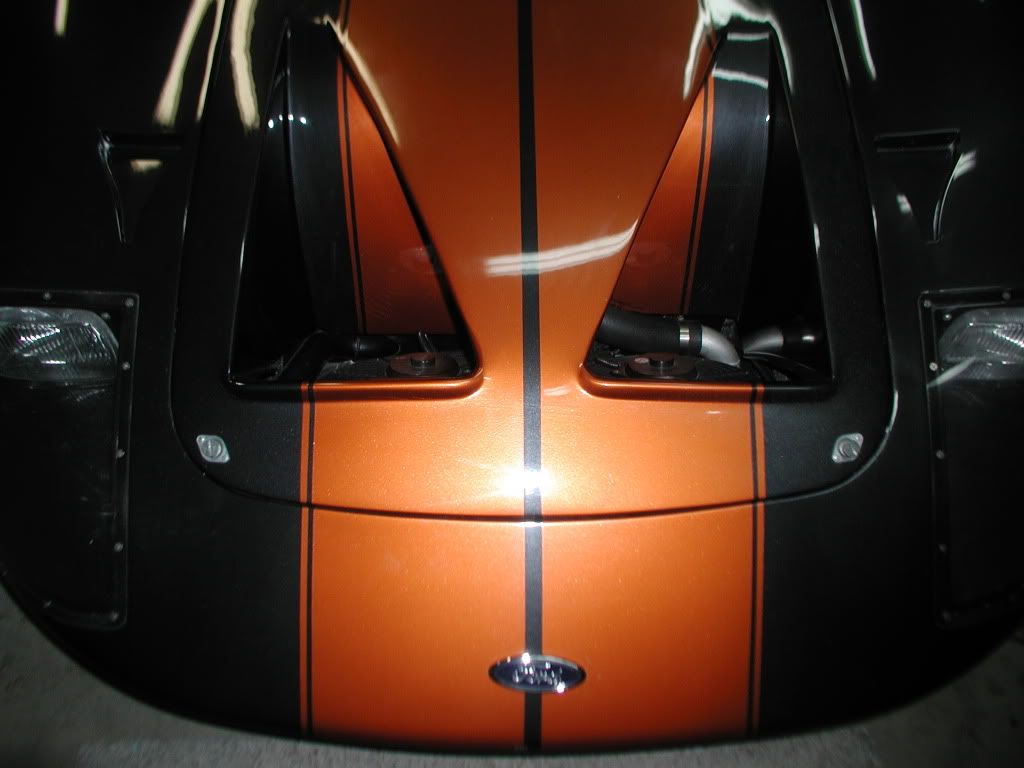The only thing i can think of is, to take a look at the corrossion potential of different metals in combination with a electrolytic liquid.
If we take a look onto the row of electríc potentials of different metals it looks like:
Copper ++ (+0,34V Standard)
Stainless Steel ++ (+0,1 - +0,4 V Standard, depending on alloy)
Iron - (-0,44 V Standard)
Aluminium 99,9 --(-1,66 V Standard)
with all the alloys of them inbetween, below or above.
So there is not realy a big difference inbetween using copper or stainless steel for plumbing your car, if you talk about corrossion potential. Both of them are on the positive side of current potential and will lead to corrossion of the metals on the negative side under certain conditions (especially if you have a liquid with strong electrolytic potential). It is also a question of relation of surface areas.
in simple words ( and it is not that simple) .
If you have a full aluminium engine and aluminium radiator, best would be to use aluminium tubing as well.
If you have a full cast FE engine than you could use stainless or copper with no big effects, but the use of aluminium tubing would be for sure avoid any corrossion on your engine and lesser the risk of corrossion on your radiator, tubing and or waterpump.
Plus there is a weight advantage of using aluminium.
The key anyway is the use of a good corrossion inhibitting cooling liquid (usually destilled water with specific glykol liquids). THis would be a liwuid not able to transport or support the transport of electrons and thus not leading to corrossion. This will allow you almost any combination.
Usually you always have a rubber hose between the different metals, so the liquid is realy the only element to connect them. If this liquid has a low electric leading potential, there should be now issue with any combination.
In terms of flow, Andy is spot on. THe less connections, the less hard sweeping elbows the better it will be.
BTW: Andy, my house is completly plumbed in stainless stell already

TOM






